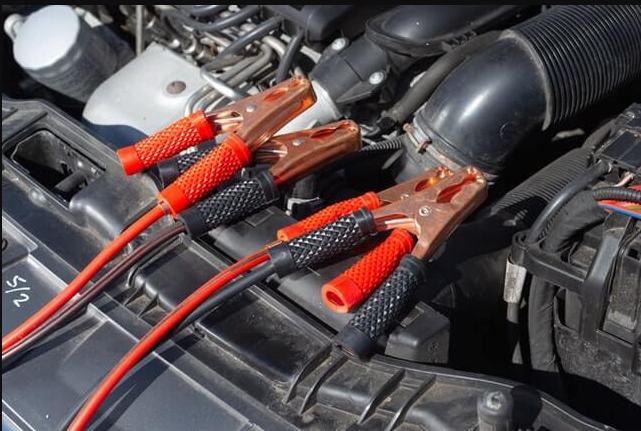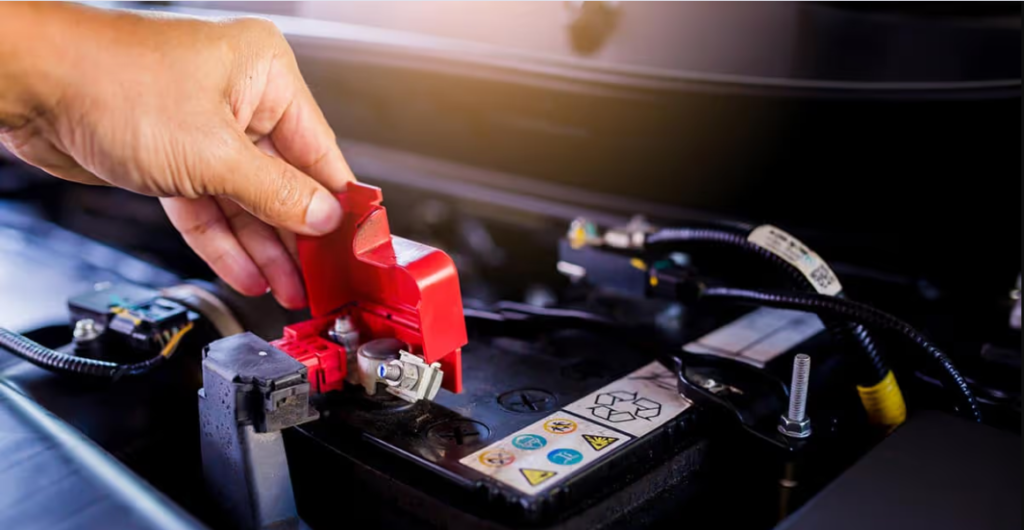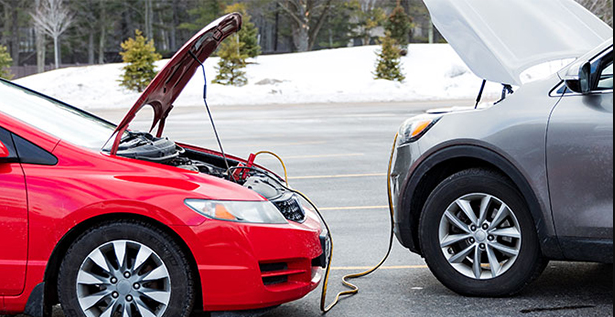A dead car battery can ruin your day, especially if you’re running late. The good news? You can jump start your car on your own—even if you’ve never done it before. This step-by-step guide will help you understand how to jump start a car with jumper cables easily, safely, and quickly.
What Does It Mean to Jump Start a Car?
Jump starting a car means temporarily connecting your dead battery to a live one using jumper cables. This gives your car enough power to start the engine. Once it’s running, the alternator will recharge the battery.
What You’ll Need to Jump Start a Car
Before you begin, make sure you have the following:
- Jumper cables (in good condition, not frayed)
- A working car with a healthy battery
- Gloves (optional, but helpful)
- Safety glasses (if available)
- A clear understanding of your car’s battery terminals
Safety First: Precautions Before You Begin
Jump starting a car is safe—but only if you follow precautions. Here’s what to keep in mind:
- Make sure both cars are turned off before connecting cables.
- Never touch the metal clamps together once cables are connected to batteries.
- Keep away from flammable liquids.
- Ensure cables don’t get caught in the engine parts.
Step-by-Step: How to Jump Start a Car with Jumper Cables

Let’s break it down into simple steps that even a beginner can follow.
Step 1: Park Both Cars Safely
Park the working car close enough to your car so the jumper cables can reach both batteries. Make sure both cars are in park (automatic) or neutral (manual) and their engines are off.
Step 2: Open the Hoods and Locate the Batteries
Pop the hood of both cars and find the battery terminals. The positive terminal is usually marked with a “+” sign or is red. The negative terminal has a “-” sign or is black.
Step 3: Connect the Jumper Cables Properly
Follow this exact order:
- Red to Dead: Connect the red (positive) cable to the positive terminal of the dead battery.
- Red to Donor: Connect the other end of the red cable to the positive terminal of the good battery.
- Black to Donor: Connect the black (negative) cable to the negative terminal of the good battery.
- Black to Ground: Connect the other black clamp to an unpainted metal surface on your car’s engine block (not the dead battery).
This order reduces the risk of sparks or short circuits.
Step 4: Start the Working Car
Start the engine of the car with the working battery. Let it run for 2–3 minutes so it can pass a charge to the dead battery.
Step 5: Start Your Car
Try starting your car. If it doesn’t start right away, wait a few more minutes and try again. If your car still won’t start, you may have a deeper battery or alternator issue.
Step 6: Remove the Cables (In Reverse Orders

Once your car starts:
- Remove the black cable from the grounded metal surface.
- Remove the black cable from the good battery.
- Remove the red cable from the good battery.
- Remove the red cable from your battery.
Avoid letting the clamps touch during removal.
Step 7: Let Your Car Run
Let your car run for at least 15–30 minutes or drive around. This gives your alternator time to recharge the battery.
What If Your Car Still Won’t Start?
If your car doesn’t start after a few attempts:
- Double-check cable connections.
- Make sure the donor car’s battery is strong.
- Your battery may be too drained or damaged.
- You might have a faulty starter or alternator.
In such cases, call roadside assistance or a mechanic.
Common Mistakes to Avoid
Even experienced drivers make mistakes. Avoid these:
- Connecting the wrong terminals (positive to negative).
- Allowing the metal clamps to touch.
- Not grounding the final black clamp properly.
- Removing the cables too early.
Can You Jump Start a Car Without Jumper Cables?
Yes, but only if:
- You have a portable jump starter.
- Your car is manual and you can do a push start (only works in some cases).
But in most modern cars, jumper cables are the safest and most reliable way.
How Long Does It Take to Jump Start a Car?

- Connecting cables: 2–3 minutes
- Waiting for charge: 2–5 minutes
- Starting engine: A few seconds
- Total time: Usually under 10 minutes
How Often Should You Replace a Car Battery?
Car batteries typically last 3–5 years. If you often need a jump start, it might be time to replace your battery.
What to Do After a Successful Jump Start
- Drive for at least 30 minutes to charge your battery.
- Visit a mechanic to check if the battery needs replacement.
- Consider getting a battery tester for the future.
- Store your jumper cables in the car at all times.
FAQs
Q1: Can I use jumper cables on a hybrid or electric car?
A: Only jump start a regular 12V battery in hybrids. Never try to jump the high-voltage system. Electric vehicles (EVs) have different procedures—check your manual.
Q2: Can jumper cables damage my car?
A: Only if used incorrectly. Follow the correct steps and avoid reverse polarity to prevent any damage.
Q3: Is it safe to jump start in the rain?
A: Yes, as long as you follow all safety procedures and avoid wet cable clamps.
Q4: What if I don’t have another car?
A: Use a portable jump starter or call roadside assistance. Some apps like Uber or local services offer battery boost help.
Q5: How can I tell if the battery is dead or something else is wrong?
A: If your dashboard lights come on but the engine doesn’t crank, it might be the starter. If nothing lights up, it’s likely the battery.
Conclusion
Learning how to jump start a car with jumper cables is an essential life skill that can save you time, money, and stress. Whether you’re stuck in a parking lot, on the side of the road, or at home, these easy steps can get you back on the road in minutes.
Always keep a set of jumper cables in your trunk and follow the right connection order to avoid accidents. If the problem continues, don’t hesitate to consult a professional.
By understanding this process once, you’ll be more confident—and maybe even help someone else in need!

